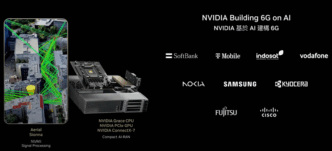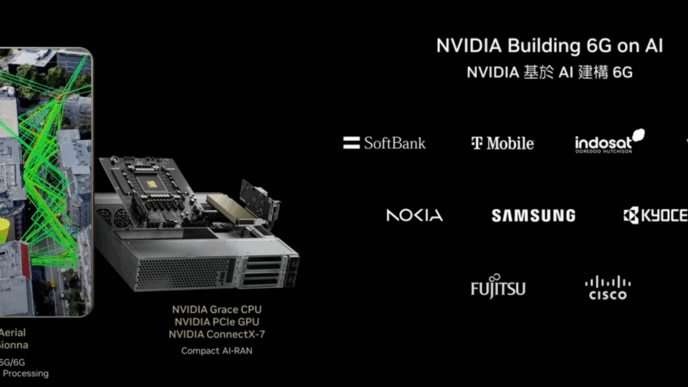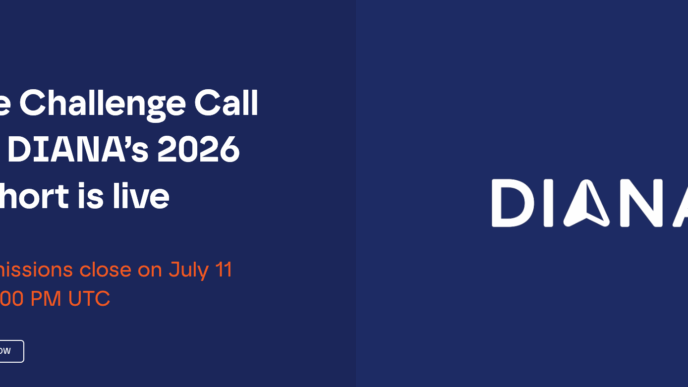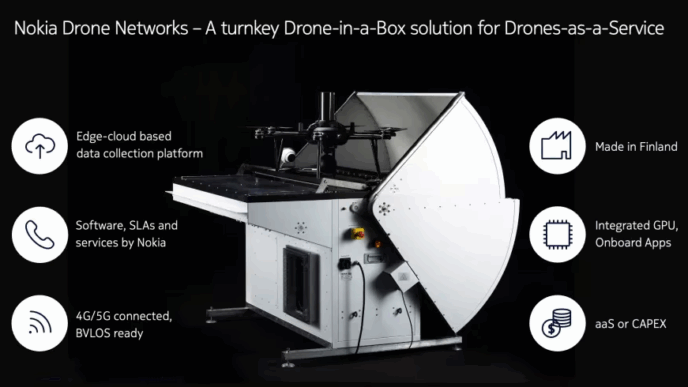The “Army Transformation and Acquisition Reform” directive that landed on senior Pentagon desks this week is only twelve pages, but it detonates decades-old assumptions about how the land service buys tech, structures units, and even thinks about spectrum. Strip away the martial verbiage and what emerges is a blueprint uncannily aligned with the 6G storylines 6GWorld has been mapping for months.
Not another white paper – a network war plan
Secretary of Defense Lloyd Austin (yes, he signed it himself) frames the mission in two blunt sentences: defend the homeland and deter China in the Indo-Pacific . Everything that follows—divestment of manned platforms, collapse of headquarters layers, and an acquisition Big-Bang—exists to feed that goal.
But read the taskers through a connectivity lens and you’ll see a field manual for 6G-era warfare:
- Long-range missiles that hunt moving targets by 2027. You don’t prosecute hypersonic salvos without gigabit-speed, low-latency sensing meshes .
- Electromagnetic and air-littoral dominance by 2027. Translation: full-spectrum awareness, spectrum agility, and integrated sensing-communication—now a staple of 6G roadmaps.
- AI-driven command-and-control down to Division level by 2027. You can almost see the digital twin spinning in the cloud edge .
- Drone swarms to replace manned attack aircraft. Every swarm node is a potential 6G endpoint—cheap, disposable, and hungry for spectrum .
Deadlines that break acquisition physics—unless you borrow 6G tricks
Austin gives the Army just 24–36 months to field each capability. That’s borderline impossible under legacy Major Defense Acquisition Programs—but routine in the software-defined 6G universe. Hence the memo’s most radical pivot:
Budget lines will shift from program-centric to capability-centric funding, and Other Transaction Authorities (OTAs) will become the default .
If that sounds familiar, it should. The National Spectrum Consortium’s upcoming RPP for open-source 5G/6G Open RAN CU/DU software rests on the same OTA scaffolding.
The Indo-Pacific as the first 6G battlefield
The Tiami Networks contract to prototype secure 5G non-terrestrial networks explicitly targets Indo-Pacific operations. Austin’s memo multiplies those experiments: more pre-positioned stocks, more rotational brigades, more ISR. Expect NTNs, HAPS and satellite back-haul to migrate from “DARPA demo” to “Theater PACE plan” by 2027.
Meanwhile, the Army’s xTechOverwatch competition is throwing $40 million at autonomous sensing and unmanned teaming—the very dual-use innovation layer 6GWorld’s “Defense: Vision & Vigilance” essay flagged as the bridge between commercial 6G and classified missions.
Right-to-repair: the sleeper clause with huge 6G implications
Buried on page seven is a mandate to bake right-to-repair provisions into all new and existing contracts . That single sentence demolishes one of the chief barriers to open, cloud-native RAN at scale: OEM control of diagnostic software and encrypted firmware. By forcing vendors to unlock toolchains, the Army is inadvertently creating the legal precedent telcos have been begging regulators to impose.
My (unapologetically subjective) take
- This memo is the first U.S. service-level order that treats spectrum, software and silicon as co-equal munitions. It weaponises the 6G value stack from day one.
- Deadlines are aggressive by Pentagon standards—but exactly match the 3GPP Release 20/21 timeline. The Army is syncing its transformation to the 6G standards clock, whether the drafters realise it or not.
- Capability-based funding is a quiet revolution. Expect the other services to copy-paste once Congress blesses the precedent.
- If you’re a 6G start-up tired of pilot purgatory, read this memo. It names problems (counter-UAS, ISAC, AI-C2) whose solutions the Army must purchase fast or risk missing the Secretary’s publicly stated dates.
6 Watch-points for the 6G community
- FY 2026 budget hearings. Will legislators let the Army cannibalise legacy fleets to bankroll drone swarms and spectrum tools?
- NSC OTA synergies. Expect joint solicitations that hard-link Golden Dome radar coexistence (mid-band sharing) with Army maneuver formations. Spectrum is finally a cross-service program element, not a frequency chart.
- 3GPP Release 20 plenary (June 2026). The Army’s AI-C2 ambition needs standardised network APIs; watch DoD push for deterministic-latency hooks in the RAN.
Final thought
The U.S. Army turns 250 next year. Instead of a heritage parade, its birthday gift appears to be a forced-march into the 6G era—complete with Open RAN, NTNs, right-to-repair, and spectrum as a maneuver domain. If Austin’s deadlines hold, the first true 6G deployment won’t be a smart city or glossy stadium. It will be a drone-heavy brigade somewhere in the first island chain, running a mesh network that started life on a 6GWorld press release.
Pack your field kit—and your DevSecOps pipeline.














